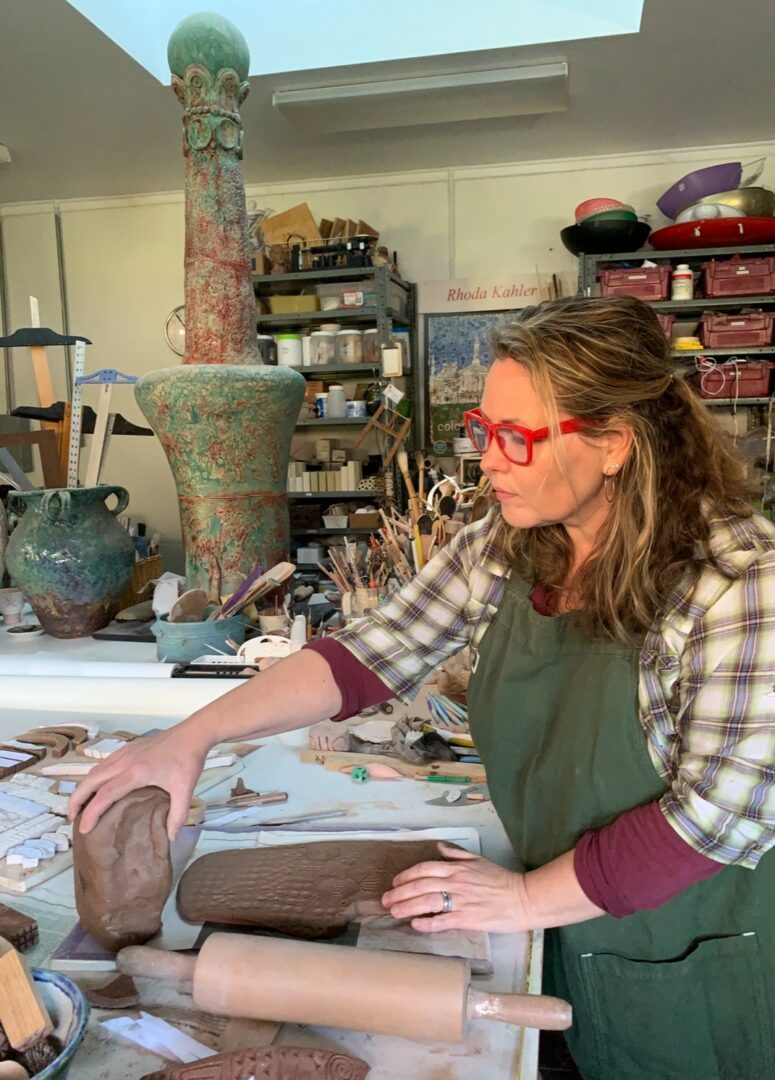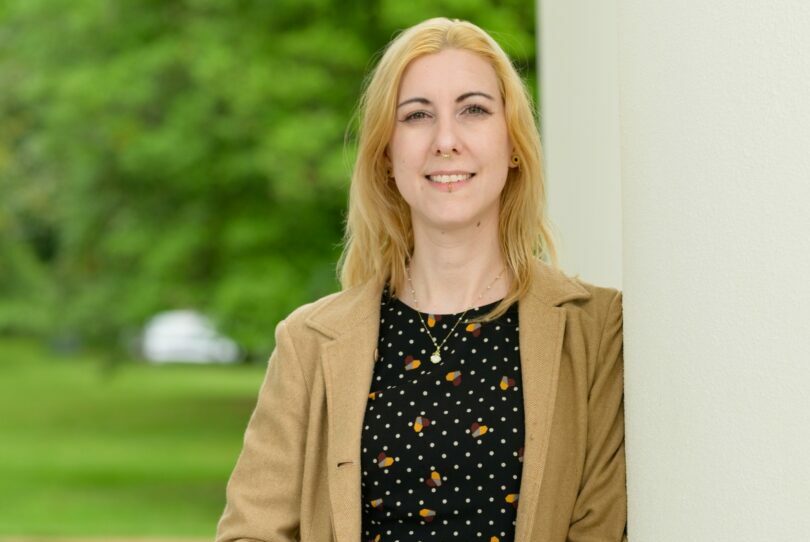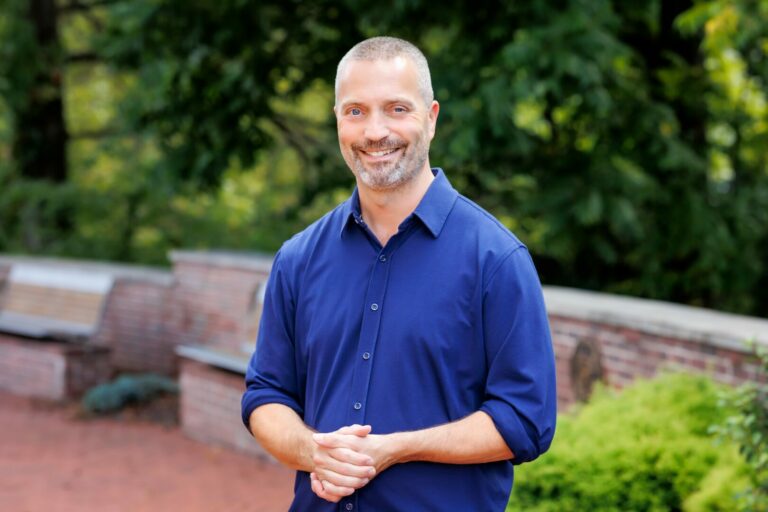Rhoda Kahler shared their story and experiences with us recently and you can find our conversation below.
Good morning Rhoda, we’re so happy to have you here with us and we’d love to explore your story and how you think about life and legacy and so much more. So let’s start with a question we often ask: What do you think is misunderstood about your business?
I think what is most misunderstood about being an artist, is that it is easy and that perhaps artists don’t work hard. I can’t speak for others, but for myself, I work very hard and put in long hours in the studio. My work is very physical, so it is also pretty hard on my body. For example, my last commission from the Nashville Zoo required me to buy several thousand pounds of wet clay. First, carrying 50lb boxes of wet clay into the studio, and then organizing them into my space. Later, when I actually start slinging clay around and rolling out giant slabs, that’s when the real work begins. It’s physically intensive and invigorating at the same time. Even loading the kiln is heavy work. Kiln shelves are 30 pounds each, and you have to carefully lower them down into the kiln while bent in half. Sometimes when I’m trying to make a deadline, I ignore the aches and pains, when my body is trying to let me know it needs a break, and unfortunately, I often pay the price for months after. The life of a ceramic artist is not for the faint of heart.
Can you briefly introduce yourself and share what makes you or your brand unique?
Hello, my name is Rhoda Kahler and I am a Ceramic Artist. I create tile and sculpture in both clay and sometimes steel. You can find my work in galleries as well as my large scale installations are in public and private collections. Most recently I finished a handmade tile mural at the Nashville Zoo. I am known for my texture and surface design. I use clay to express my ideas and concepts. It is a most amazing medium to work with, and can be molded, formed, impressed, stamped, carved or sculpted. It is my voice.
Amazing, so let’s take a moment to go back in time. What’s a moment that really shaped how you see the world?
The inspiration of my Alphabet City Series came from my trip to Spain many years ago. The idea came to me when we were driving through the countryside of the White Hill Towns, taking windy little roads past orchards of Olive and Cork trees, and shepherds tending to their sheep in the field. Around bends in the road, we would come upon these little towns of block-like, lime-washed white buildings stacked into the side of a mountain. Instantly, it reminded me of my collection of old Philadelphia printing press letters that I had rescued (for a small price) years ago at an antique market from the days of old type set letters. The similarity and association of these two very different things, both city and block letters, clicked in my brain! I immediately began sketching the bucolic vistas while my husband was driving, I could not wait to put this inspiration into clay. I have always had a love for texture and found objects, even as a child, I would collect random broken bits of once useful items that I would find on the ground or by the wayside…still today, I always find myself looking toward the ground, especially in parking lots…there is always interesting stuff there that I can usually toss into my car. All of these random objects have a commonality….they have a good feel and a good texture. So, needless to say, when you open up my box of clay tools, you will find broken hangers, old parts of a typewriter, screws, disassembled pens, lipstick caps, salad tongs, and so much more! I finally have a use for all these objects and they tell a story stamped into clay and all together, create beautiful art.
What did suffering teach you that success never could?
Hard work pays off. . I grew up on a 75 acre working farm. Work was part of our daily life and there wasn’t enough money at the end of the day to buy toys and clothing. I became very resourceful at a young age to create what I wanted. I was determined and made it happen. Growing up as a child, I made many of my own clothes and also my dolls’ clothes as well. Sometimes the fabrics I used were old clothes that were then recycled into new outfits. I guess I recycled before it was even cool. This taught me resourcefulness and creativity which I use to this day… Sometimes you don’t always have the right supplies, but you can figure it out.
Next, maybe we can discuss some of your foundational philosophies and views? What’s a cultural value you protect at all costs?
Art and design matters. I firmly believe the environment around you affects your mood, energy and emotional state. My home is filled with art that I purchased from friends, or galleries and also my own work. In fact, both my husband and myself, believe form is as just as important as function. For example, if you are buying a coffee mug, why not get a beautiful handmade mug made by an artisan’s hands. It’s just as functional, and will make the morning coffee ritual so much more enjoyable and beautiful.
Okay, so let’s keep going with one more question that means a lot to us: Are you doing what you were born to do—or what you were told to do?
I really love this question. About 6 months ago, my husband, Mike, walks into my studio to check on me, and I actually said this to my husband, “I was born to do this!” I love to create. I am a maker., and always have been. I am my happiest when I’m working in the studio. To answer the second part of the question, “was I told to do this”, absolutely not. My parents had no idea how I would ever make a living as an artist and certainly did not encourage it. I have found over the years that being an artist is not just a job, it is who you are.
Contact Info:
- Website: https://www.rhodakahler.com
- Instagram: @rhodakahlerstudio
- Facebook: @rhodakahlerstudio
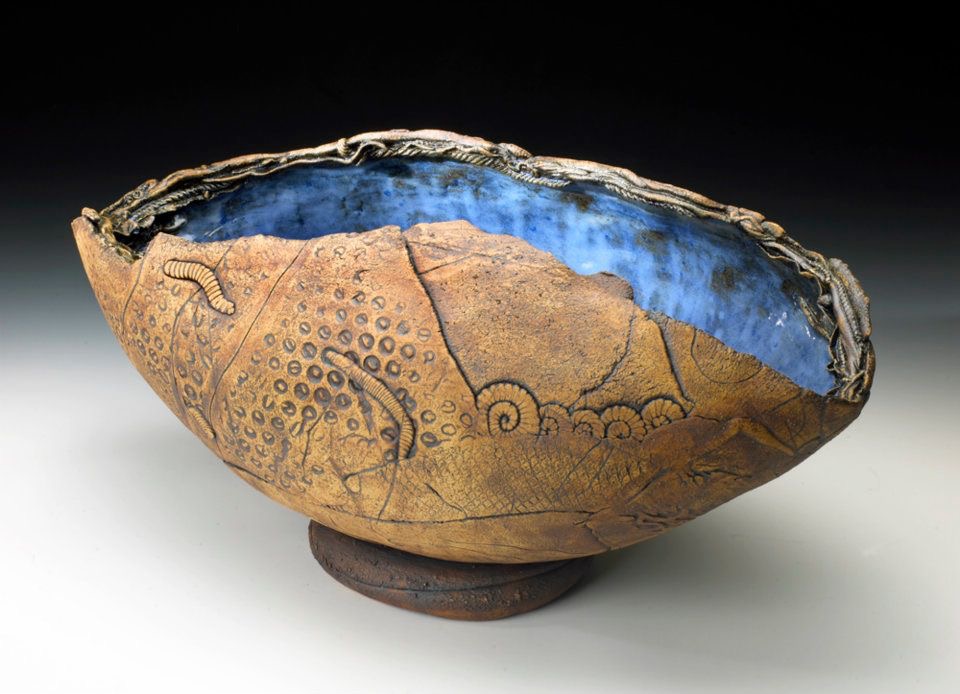
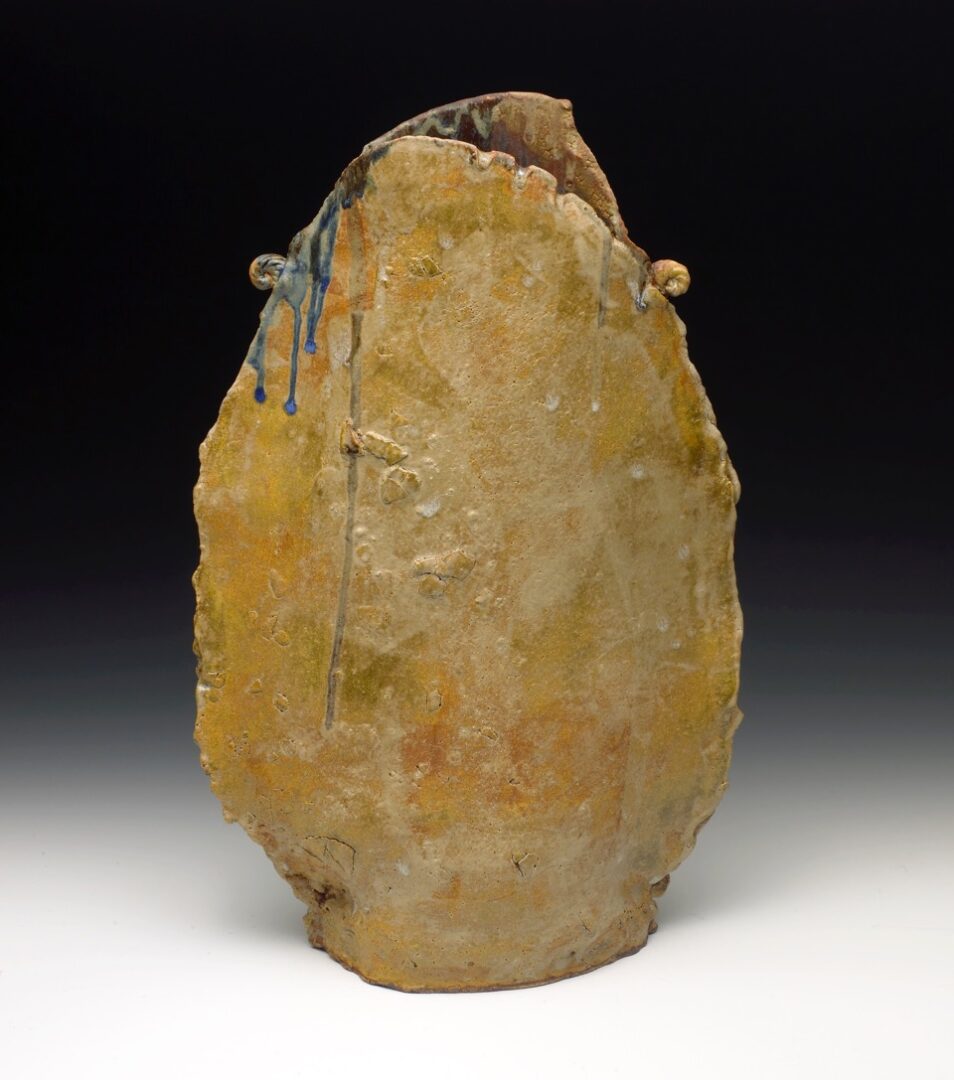
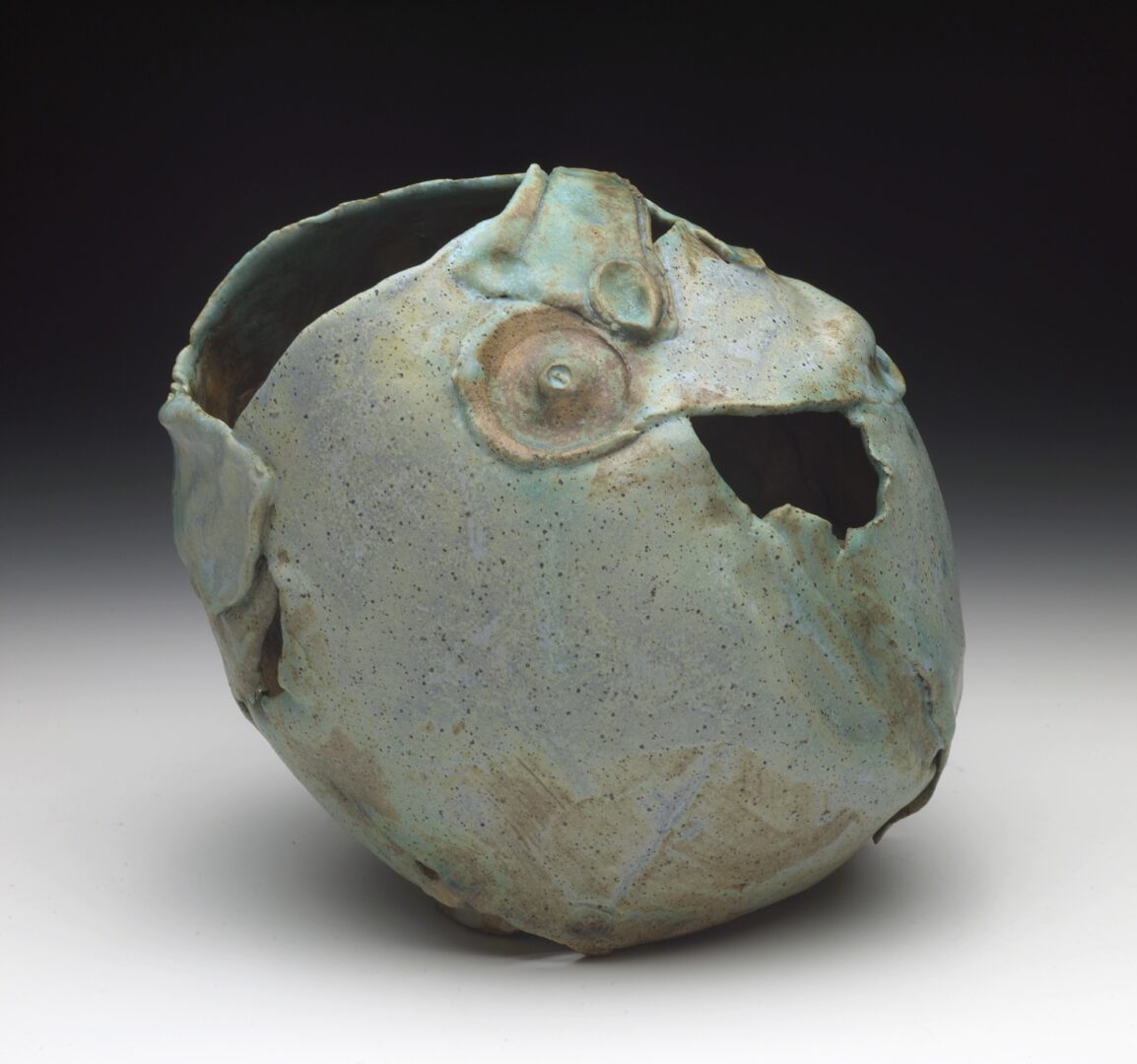
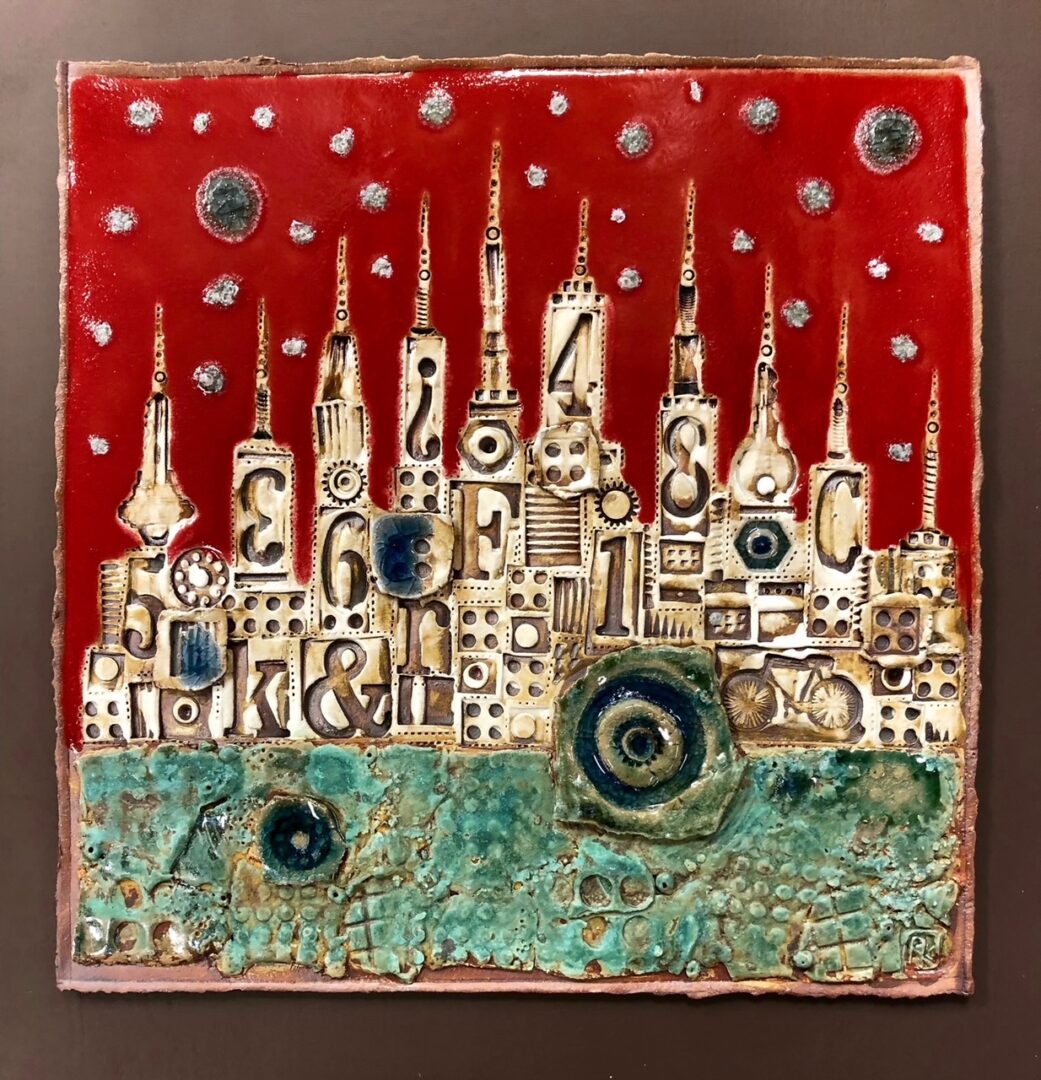
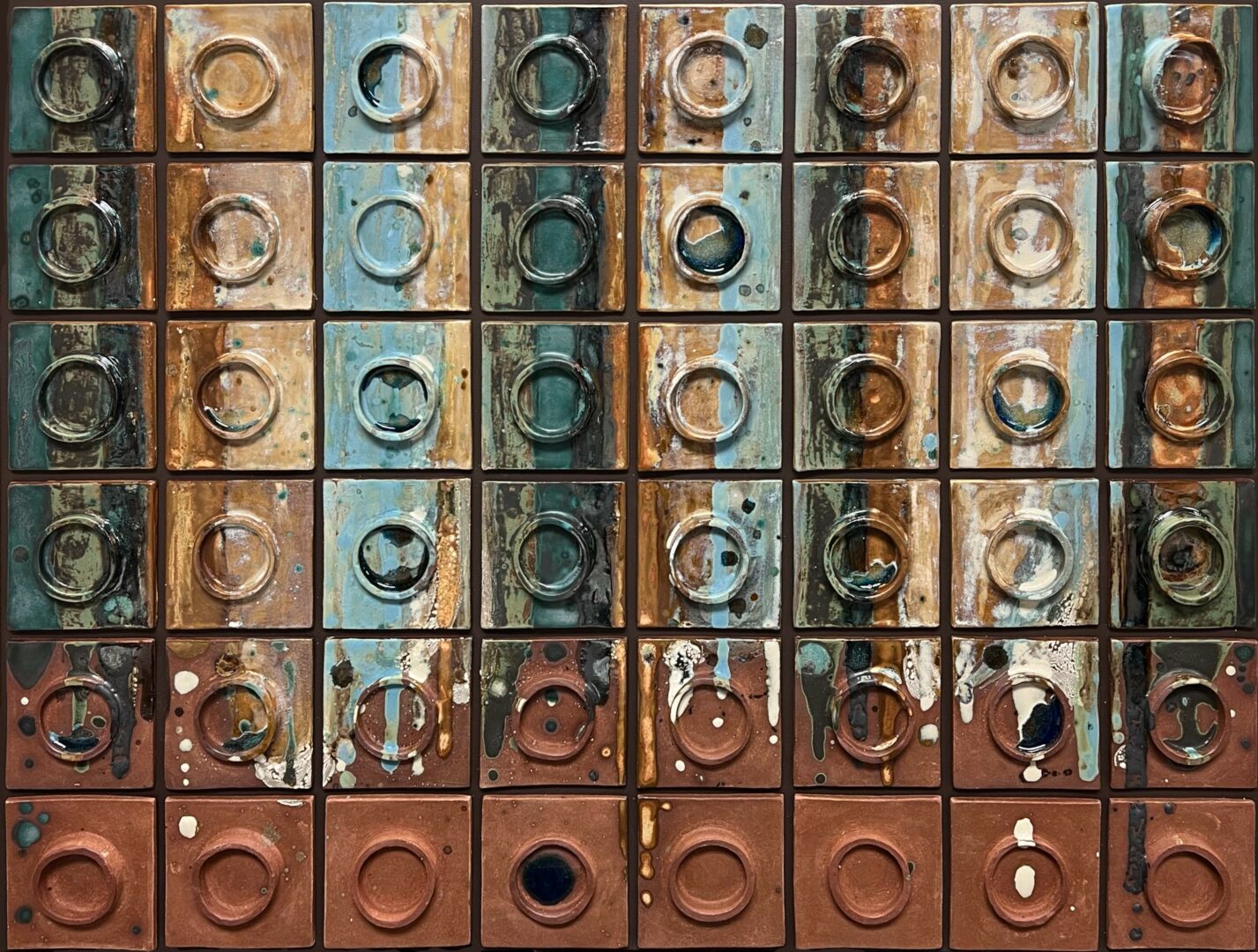
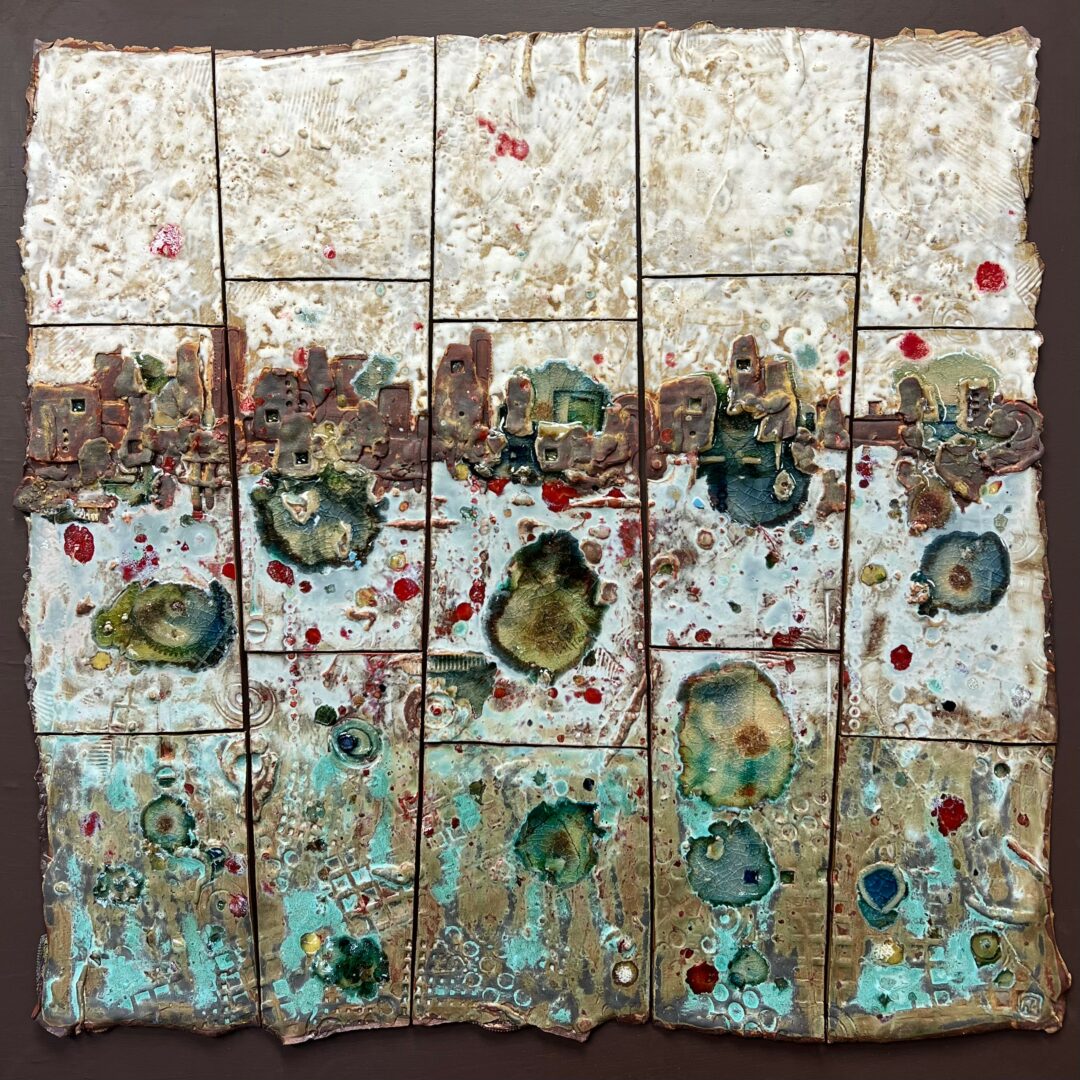
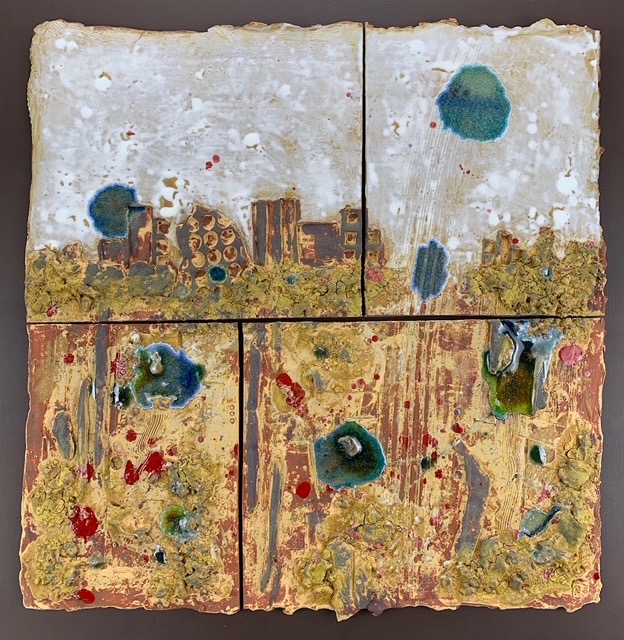
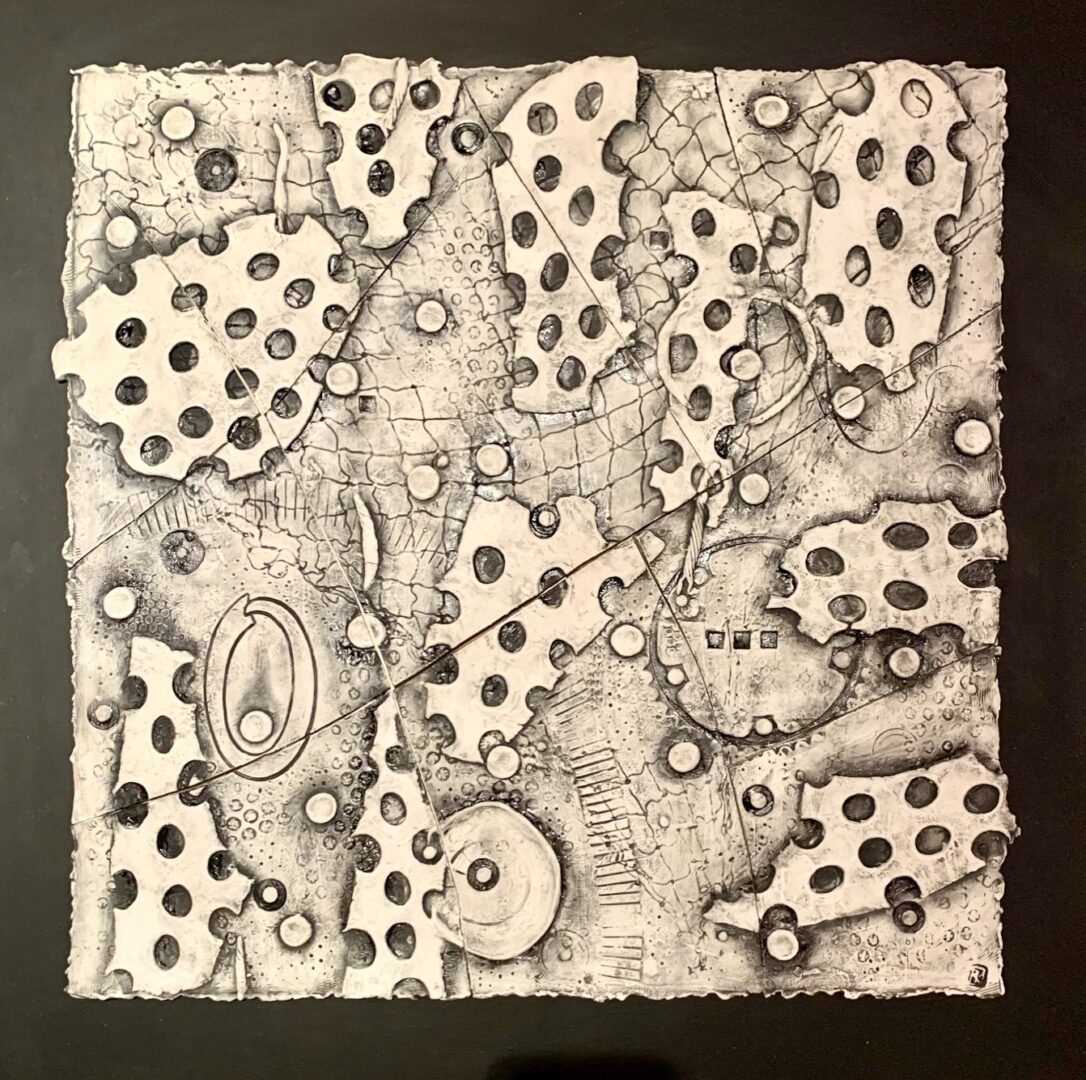
so if you or someone you know deserves recognition please let us know here.

